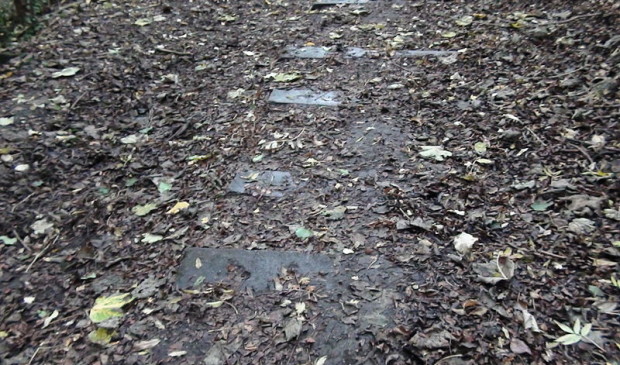Should Austin’s small parks be held to different standards?
Thursday, July 16, 2015 by
Audrey McGlinchy, KUT The Parks and Recreation Department says it does not make sense to create a unique policy addressing pocket parks – small urban parks less than 2 acres in size – despite the challenges faced by locals who say it has taken too long to build one in the Hyde Park neighborhood.
Ricardo Soliz, manager of the Parks and Recreation Department’s Planning and Development Division, told the Austin Monitor that a more appropriate strategy would be to address pocket parks on a case-by-case basis. “The types of spaces that we have in the city, and we probably will be seeing in the future, are going to be so different from each other that as far as a policy (goes), I wouldn’t necessarily call it a policy but more design standards.”
Soliz told the Monitor on Wednesday that developing design standards specific to pocket parks seemed like a more realistic proposal – especially as Austin grows denser and hungrier for green space, no matter the size.
Austin Neighborhoods Council President Mary Ingle used to be chair of the Sparky Park Committee within the North University Neighborhood Association. She played an integral part in seeing Sparky Park, a pocket park at 3701 Grooms St., become a fixture in the neighborhood, complete with an art wall and newly planted trees.
“It’s about making things more sensible for urban use with open space, so things don’t cost so much,” Ingle said, referring to crafting code requirements particular to pocket parks.
The next Sparky Park project includes renovation of the former Austin Energy substation located in the park. The plan is to turn it into a community meeting place. Ingle and current Sparky Park Committee President Douglas Plummer say that city code requirements feel too rigorous for small projects of this type. In this case, the park is only half an acre, and the building is roughly 830 square feet.
“Those larger-park regulations (shouldn’t) apply to pocket parks,” Ingle told the Monitor.
“The city was initially trying to force us to have three to six bathrooms in an 800-square-foot building,” Plummer said. “We just had to stop the project until we came back to something that made sense.”
Because of the building, code requires a handicap-accessible parking spot, something Plummer said was also asking too much. The point, he said, is that pocket parks are not something you drive to. They are intended for neighbors, who can travel by foot, bike or wheelchair.
“If you’re a handicapped person in the neighborhood, you’re just going to roll on over there,” he said.
Kevin Johnson, project manager for the Sparky Park building rehabilitation, said the original request for more bathrooms had to do with the idea that the building would be heavily used – more like a recreation center than an occasional meeting space.
“The comment about the bathrooms and how many were required was really just a misunderstanding about the use of the building,” he told the Monitor.
Soliz stressed that a universal policy easing the code requirements for pocket parks wasn’t feasible, because despite similarities in size, the uses of the city’s pocket parks vary greatly. He cited the pocket park at Plaza Saltillo at 412 Comal St. as an example.
“That plaza is functioning there with people waiting for the train, but it’s a pocket park,” he said. He noted that most pocket parks do not have a building and therefore are not usually subject to the code standards that a building requires.
After working for more than three years on rehabilitating the substation at Sparky Park, Plummer said he just wants to see a relaxation of the code requirements.
“I don’t think anyone’s arguing (that) people should do whatever they want to do,” Plummer told the Monitor. “You can’t have a children’s playground with barbed wire and razor blades.”
Onewhohelps at en.wikipedia [CC BY 3.0], via Wikimedia Commons.
You're a community leader
And we’re honored you look to us for serious, in-depth news. You know a strong community needs local and dedicated watchdog reporting. We’re here for you and that won’t change. Now will you take the powerful next step and support our nonprofit news organization?









